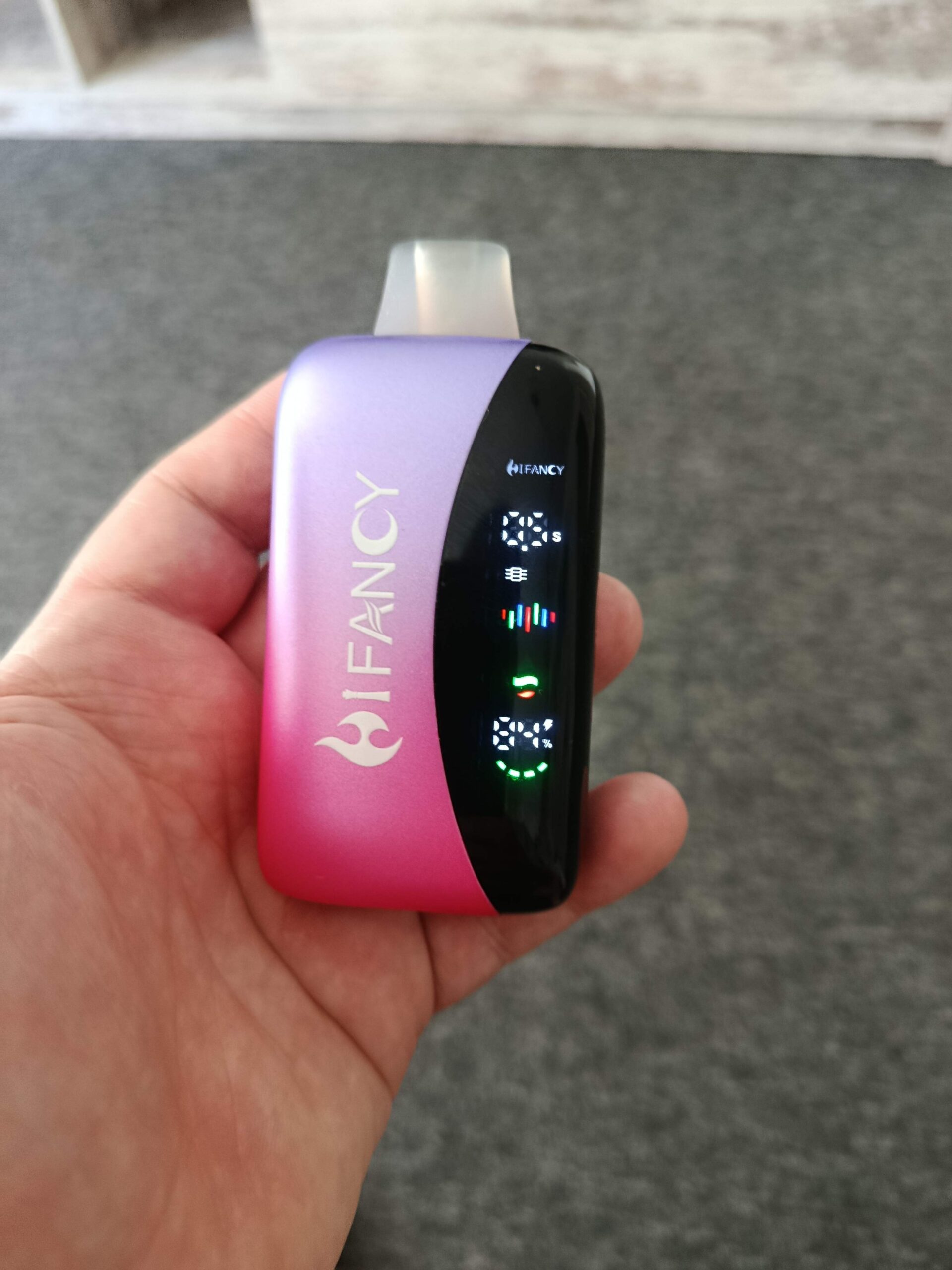O comparație a efectelor nocive ale țigărilor electronice și ale țigărilor tradiționale

Comparative Analysis: Health Risks of E-Cigarettes vs. Traditional Cigarettes
The debate over the relative harms of e-cigarettes and traditional cigarettes remains a critical public health concern. While both products pose significant risks, their mechanisms of harm, chemical composition, and long-term health outcomes differ substantially. This analysis explores these differences through three key dimensions: chemical composition and exposure, respiratory and cardiovascular impacts, and systemic health consequences.
Chemical Composition and Exposure Pathways
Traditional cigarettes contain over 7,000 chemicals, including at least 69 confirmed carcinogens such as benzopyrene, formaldehyde, and arsenic. Combustion at temperatures exceeding 800°C generates tar, carbon monoxide, and particulate matter that deposit deep in the lungs. Chronic exposure to these substances correlates with a 12-13 times higher risk of chronic obstructive pulmonary disease (COPD) compared to non-smokers, with 90% of lung cancer cases linked to smoking.
E-cigarettes, by contrast, operate through aerosolization of liquid solutions containing nicotine, propylene glycol (PG), vegetable glycerin (VG), and flavoring agents. While avoiding combustion reduces tar production, heating these components to 200-300°C generates harmful byproducts. Studies detect formaldehyde, acrolein, and heavy metals like nickel and chromium in e-cigarette aerosols. A 2024 meta-analysis revealed that e-cigarette users inhale 358 immune-related genes’ worth of toxicants, compared to 53 genes affected by traditional smoking—though traditional cigarettes still expose users to more carcinogenic compounds overall.
Flavoring agents introduce additional risks. Diacetyl, used to create buttery flavors, has been linked to “popcorn lung” (bronchiolitis obliterans) in industrial workers, with similar cases reported among e-cigarette users. Cinnamaldehyde-based flavors inhibit beneficial oral bacteria by 80%, disrupting microbial balance critical for preventing dental caries and periodontal disease.
Respiratory and Cardiovascular Impacts
Traditional smoking causes immediate and irreversible damage to respiratory structures. High-temperature smoke destroys cilia lining the airways, impairing mucus clearance and increasing susceptibility to infections. Long-term exposure leads to emphysema, characterized by alveolar wall destruction and reduced gas exchange efficiency. Cardiovascular effects include endothelial dysfunction, arterial stiffness, and a 2-4 times higher risk of coronary heart disease.
E-cigarettes produce aerosols that penetrate deeper into the lungs due to users’ tendency to inhale more forcefully. This deposition pattern increases exposure to ultrafine particles (<0.1 μm), which bypass pulmonary defenses and enter systemic circulation. Animal studies show that e-cigarette vapor reduces alveolar macrophage phagocytic capacity by 40%, compromising the first line of defense against pathogens. Human trials report a 65% prevalence of oral lesions among e-cigarette users, compared to 22% in non-users, attributed to PG/VG-induced mucosal dehydration and irritation.
Cardiovascular risks differ in mechanism but remain significant. Nicotine in both products stimulates adrenaline release, elevating heart rate and blood pressure. However, e-cigarette aerosols also contain free radicals that induce oxidative stress, reducing nitric oxide bioavailability by 30% and promoting atherosclerosis. A 2025 study found that e-cigarette users exhibit a 1.8-fold higher prevalence of carotid intima-media thickening—an early marker of cardiovascular disease—compared to non-smokers.
Systemic Health Consequences and Vulnerable Populations
Traditional smoking’s systemic effects extend beyond respiratory and cardiovascular systems. It doubles the risk of type 2 diabetes, reduces bone mineral density by 10%, and accelerates skin aging through collagen degradation. Secondhand smoke exposure causes 1.2 million premature deaths annually worldwide, with children facing increased risks of asthma, pneumonia, and sudden infant death syndrome.
E-cigarettes pose unique risks to specific populations. Adolescent users show altered prefrontal cortex development, correlating with impaired impulse control and a 4-fold higher likelihood of transitioning to traditional smoking. Pregnant women using e-cigarettes expose fetuses to nicotine, which crosses the placental barrier and reduces fetal blood flow by 25%, potentially causing low birth weight and developmental delays. Immunocompromised individuals face heightened risks of lipoid pneumonia from lipid-laden macrophages triggered by e-cigarette aerosols.
Both products compromise immune function, but through distinct pathways. Traditional smoking suppresses T-helper cell activity and reduces antibody production by 30%, while e-cigarette aerosols disrupt oral microbiota diversity, decreasing beneficial Streptococcus salivarius populations by 60% and increasing pathogenic Porphyromonas gingivalis by 200%. This dysbiosis correlates with a 2.3-fold higher mortality rate from oral squamous cell carcinoma among long-term users.
Regulatory Challenges and Public Health Implications
The evolving nature of e-cigarette technology complicates risk assessment. Newer pod-based systems deliver nicotine salts at concentrations exceeding 50 mg/mL, increasing addiction potential. Disposable e-cigarettes, popular among youth, often contain unregulated flavoring agents and heavy metals. Traditional cigarettes, while heavily regulated in many countries, continue to kill over 8 million people annually through direct use and secondhand exposure.
Public health strategies must address these dual threats through evidence-based policies. Banning flavored e-cigarettes could reduce youth initiation rates by 30%, while increasing tobacco taxes by 50% might prevent 20 million smoking-related deaths globally by 2050. Healthcare providers play a critical role in counseling patients, as only 35% report routinely screening for vaping habits despite its prevalence among adolescents.
Future research should prioritize longitudinal studies comparing disease progression in exclusive e-cigarette users versus traditional smokers. Advances in salivary biomarker analysis could enable early detection of pathology, while AI-powered risk assessment tools may help clinicians identify high-risk patients. Until comprehensive regulations are enacted, individuals must recognize that no level of tobacco or nicotine exposure is safe, and cessation remains the only viable strategy to protect long-term health.









